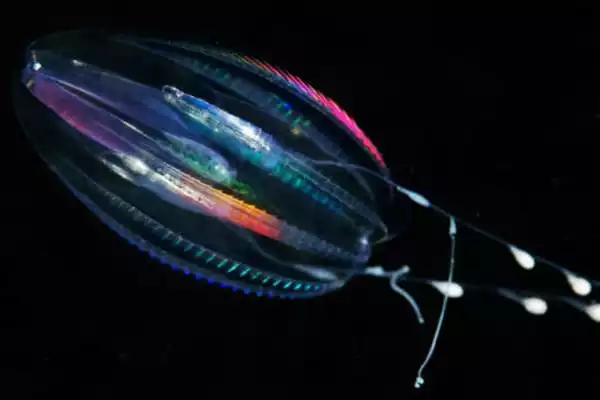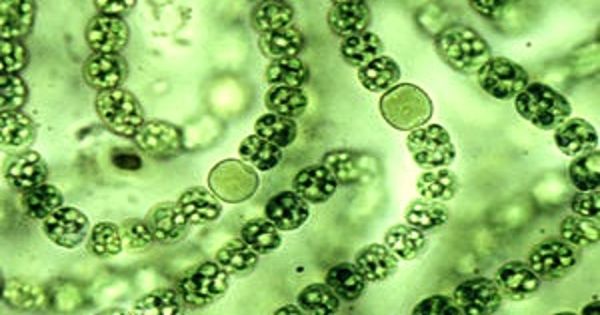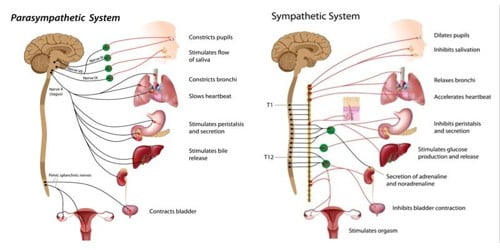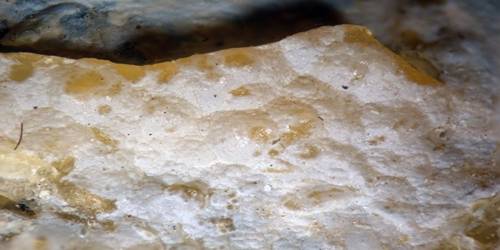Scientists have captured a sponge sneezing, indicating that even without a neural system, these primitive organisms can feel and respond to their surroundings. Sponges are the most basic type of multicellular animal. They lack the nerves and digestive systems found in other animals, relying on water flow through their canal system for food and oxygen.
Brains are like sponges, soaking in new information. However, sponges may resemble brains in other ways. Sponges, which are very distant evolutionary relatives of humans, lack nerve systems. A close examination of sponge cells, however, reveals what appears to be an echo of our own brains: cells called neuroids that crawl throughout the animal’s digestive chambers and send out messages, according to a study published in Science.
According to evolutionary biologist Thibaut Brunet of the Pasteur Institute in Paris, who was not involved in the work, the discovery not only provides hints about the early evolution of more complex nerve systems, but it also raises many problems. “This is just the start,” he says. “There’s so much more to discover.”
The sneeze is a delightful behaviour, and one that is going to be able to yield lots of information to us about how sponges respond to the different habitats they are in (shallow coastal, mangroves, deep sea with heavy currents), and we think it is also a great tool for understanding how coordination systems may have arisen during the evolution of early multicellular animals.
Dr. Sally Leys
The cells were hiding in Spongilla lacustris, a freshwater sponge found in Northern Hemisphere lakes. Because of the rhyme with Spongilla, “we jokingly nickname it the Godzilla of sponges,” says Jacob Musser, an evolutionary scientist in Detlev Arendt’s lab at the European Molecular Biology Laboratory in Heidelberg, Germany.
These sponges, as simple as they appear, have a surprising degree of complexity, according to Musser, who assisted in prying the sponges off a metal ferry pier with paint scrapers. “They’re such enthralling creatures.”
After obtaining sponges, Arendt, Musser, and colleagues searched for genes that were active in particular sponge cells, eventually resulting in a list of 18 distinct types of cells, some recognized and some new. Some of these cells utilized genes that are required for more evolved nerve cells in other organisms to transmit or receive messages in the form of little blobs of cellular material known as vesicles.
One such cell, known as a neuroid, piqued the scientists’ interest. The researchers took a closer look after discovering that this cell was employing genes important in nerve cell signaling. According to Musser, a confocal microscopy image revealed an unexpected location for the cells. “We thought, ‘My God, they’re in the digestive chambers,'” said one of the researchers.

The beating of hairlike cilia appendages in large, circular digesting organs called choanocyte chambers helps transfer water and nutrients through sponge canals. Neuroids were discovered hovering over some of these cilia, and some of the cilia around neuroids were bent at angles indicating that they were no longer moving.
Though sponges do not have traditional sensory or nervous systems, they were able to sense the stimuli applied by the scientists using only a cilium. The cilium appears to transmit signals across the entire sponge body to react to the stimulus, resulting in a coordinated response from the sponge – and this despite not having a nervous system. The authors think this suggests the evolutionary origin of complex sensory systems in higher mammals.
Dr. Sally Leys from the University of Alberta says: ‘The sneeze is a delightful behavior, and one that is going to be able to yield lots of information to us about how sponges respond to the different habitats they are in (shallow coastal, mangroves, deep sea with heavy currents), and we think it is also a great tool for understanding how coordination systems may have arisen during the evolution of early multicellular animals.
The researchers believe that these neuroids were delivering messages to the cells in charge of keeping the sponge supplied, maybe employing vesicles to halt the movement of normally oscillating cilia. If that’s the case, that’s a high level of control for an animal without a nervous system.
The discovery shows that sponges use bits and pieces of communication systems that eventually came together to act like other animals’ brains. Understanding the details may reveal information on how neurological systems evolved. “What did animals have prior to the development of a nervous system?” Musser inquires. “There aren’t a lot of species that can tell us that.” Sponges are among them.”
















